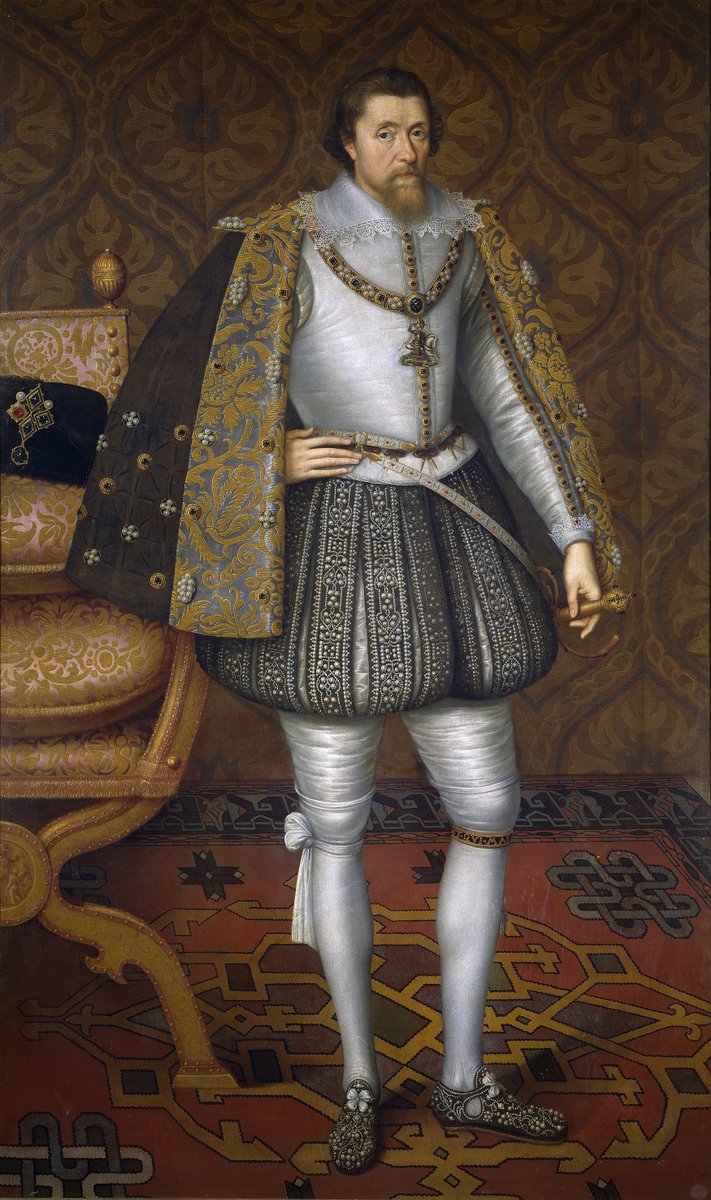
A republican leader who became a monarch.
Story in the evening ...
Story in the evening ...
https://twitter.com/Arby_K/status/1347370061711884290
Willem Frederik was born in 1772 to Willem V, Prince of Nassau-Diez & Stadtholder of the United Provinces of the Netherlands (Dutch Republic), & Princess Wilhemine of Prussia. Though Netherlands was a republic, the Stadtholder, the de facto Head of State, was hereditary. 1/10 

The obvious contradiction was challenged during the Patriottentijd in the 1780s. But Stadtholder Willem V would come through in the end, after an invasion by Prussia backing their relative. Unsurprisingly, Prince Willem was given military training in his formative years. 2/10 

But the victory would not last long. Revolutionary France would soon come knocking and with the aid of the Patriot faction, the Batavian Republic would be created as a satellite state of France in 1795. The Stadtholder and his sons would have to flee to England. 3/10 

By 1806 they had become refugees at the Prussian court. Willem Frederik was given the Principality of Nassau-Fulda in 1802 till 1806 when the Confederation of Rhine was formed. He was also briefly take prisoner of war, in a defeat against the French fighting for Prussia. 4/10 

With his father's death in 1806, Willem Frederik inherited his father's realms in Nassau. The House of Nassau was an ancient German family which had briefly ruled over Germany between 1292 and 1298, but had gotten fragmented over generations. 5/10 

In 1813, Willem returned to Netherlands after the withdrawal of the French troops. By 1814, a constitutional monarchy was installed in Netherlands with Willem as the Sovereign Prince. After the defeat of Napoleon, Willem was crowned King of an enlarged Netherlands. 6/10 

Erstwhile Austrian Netherlands (Roughly present day Belgium) was also added to Willem's rule and in exchange for his provinces in Nassau, he received a shrunken Duchy of Luxembourg, but with the title of Grand Duke, in personal union. 7/10 

Though the Kingdom progressed well economically, the under representation of the southern half eventually led to a revolution, subsequent breakaway and formation of Belgium in 1830. 8/10 

In 1840, King Willem I would abdicate in favour of his son, Willem. The union of Netherlands and Luxembourg would continue for three generations, as Salic law prevented Queen Wilhelmina from inheriting Luxembourg. It would fall instead to a different line of House of Nassau. 9/10 

In 2013, Willem-Alexander acceded to the throne of Netherlands after his mother Queen Beatrix abdicated. Belgium and Luxembourg both continue to be monarchies as well. 10/10 

• • •
Missing some Tweet in this thread? You can try to
force a refresh














